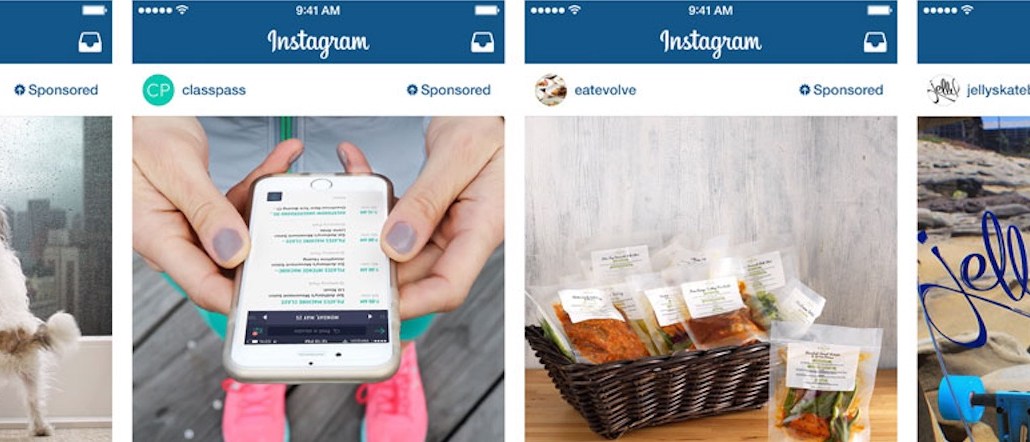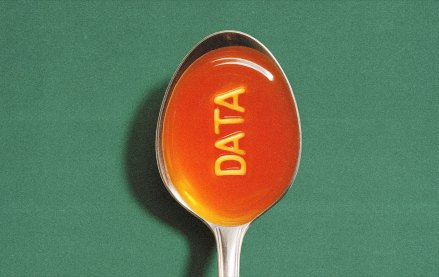Save 50% on a 3-month Digiday+ membership. Ends Dec 12.

More brands are coming to Instagram.
The photo-sharing app flicked on its API this morning allowing companies to automatically schedule advertising campaigns without going through Instagram directly. That means brands can start buying ads in a similar method that they already do on Twitter, Google and Facebook.
Facebook revealed during last week’s earnings that Instagram has 300 million monthly users, making the app a lucrative portion of the social network’s already money making conglomerate.
Now that its API is open to third-party platforms, such as Sales Force and Brand Networks, Instagram can become a massive force in the mobile advertising business. Although Facebook doesn’t break out Instagram’s revenue numbers, eMarketer predicts that it will generate $600 million in ad sales and could surpass Google and Twitter’s mobile display ad revenues within two years.
Previously, buying an advertisement on Instagram had to be done through the app and was relegated to companies with big budgets. The app, which brags that its users recall brands’ ads 2.8 times more than online advertising, first announced in June that its Ads API will open to businesses “large and small.” It added that Facebook’s highly coveted ad-targeting tools will also be available to use on Instagram.
Jason Stein, the founder and CEO of Laundry Service, told Digiday the move is “very exciting” and makes Instagram a more valuable resource for campaigns, especially because of the app’s targeting abilities.
“The key to all of this — ads continuing to perform well and keeping users happy — is make sure all ads have very high quality creative that is native to Instagram,” he said.
Debra Aho Williamson, an analyst at eMarketer, cast a gimlet eye on the news. While she concedes there is “pent-up” demand among smaller companies looking to advertise on Instagram (and not spend $200,000 for the privilege), the influx of ads could be detrimental to the community.
“The introduction of a lot more advertising, especially ads that seem out of place in the Instagram environment, could irritate users and lead to usage declines,” she told Digiday.
More in Media

As big brands flood the podcast ad space, startups are refining strategies to stand out
While a influx of big advertisers is good news for podcast companies, it also makes it more challenging for small- to mid-sized brands to stand out in the space.

Meta enters AI licensing fray, striking deals with People Inc., USA Today Co. and more
The platform has secured seven multi-year deals with publishers including CNN, Fox News, People Inc., USA Today Co to incorporate their content into its large language model (LLM) Llama.

European publishers say the Digital Omnibus ‘cookie fix’ leaves them worse off
The European Union’s attempt at a legislative spring clean for Europe’s web of data privacy rules, has landed flat with publishers.





